991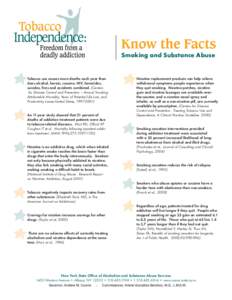 | Add to Reading ListSource URL: www.oasas.ny.govLanguage: English - Date: 2011-10-31 11:11:49
|
|---|
992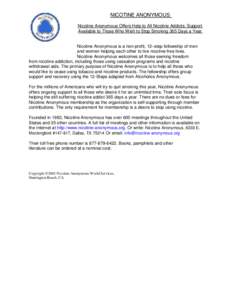 | Add to Reading ListSource URL: www.nicotine-anonymous.orgLanguage: English - Date: 2013-07-20 22:30:49
|
|---|
993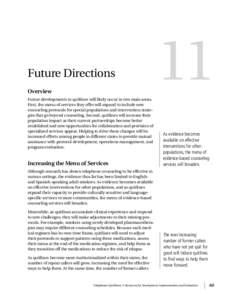 | Add to Reading ListSource URL: www.cdc.govLanguage: English - Date: 2013-09-26 20:05:20
|
|---|
994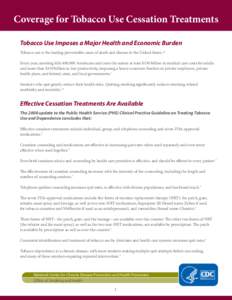 | Add to Reading ListSource URL: www.cdc.govLanguage: English - Date: 2014-06-13 08:32:20
|
|---|
995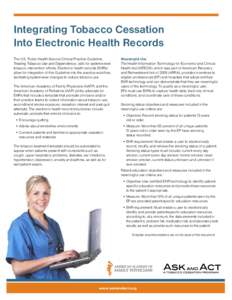 | Add to Reading ListSource URL: www.aachc.orgLanguage: English - Date: 2014-06-23 18:23:00
|
|---|
996![Updated[removed]MassHealth Smoking Cessation Benefit Briefing Notes Why provide a smoking cessation benefit? Tobacco use is the leading cause of preventable death. In Massachusetts, the excess health care cost due Updated[removed]MassHealth Smoking Cessation Benefit Briefing Notes Why provide a smoking cessation benefit? Tobacco use is the leading cause of preventable death. In Massachusetts, the excess health care cost due](https://www.pdfsearch.io/img/8b7ddb4256ab8aec8de2b7f21ca9171a.jpg) | Add to Reading ListSource URL: www.mass.govLanguage: English - Date: 2013-08-30 20:04:00
|
|---|
997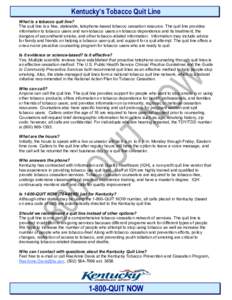 | Add to Reading ListSource URL: chfs.ky.govLanguage: English - Date: 2014-09-01 11:03:35
|
|---|
998![Contact: MS. Amy Lupinski, Program Manager[removed]Descrlptbn: The American Lung Association’s Freedom From Smoking Contact: MS. Amy Lupinski, Program Manager[removed]Descrlptbn: The American Lung Association’s Freedom From Smoking](https://www.pdfsearch.io/img/58498e156f05dc27db82962e08b78cce.jpg) | Add to Reading ListSource URL: profiles.nlm.nih.govLanguage: English - Date: 2001-12-07 14:44:57
|
|---|
999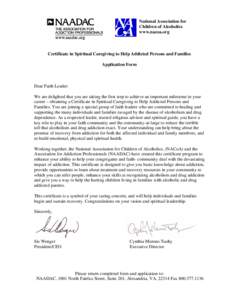 | Add to Reading ListSource URL: www.nacoa.orgLanguage: English - Date: 2008-03-13 11:21:19
|
|---|
1000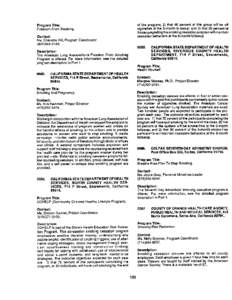 | Add to Reading ListSource URL: profiles.nlm.nih.govLanguage: English - Date: 2001-11-14 16:24:49
|
|---|